Oliver Kiss
PyTorch Geometric Temporal: Spatiotemporal Signal Processing with Neural Machine Learning Models
Apr 30, 2021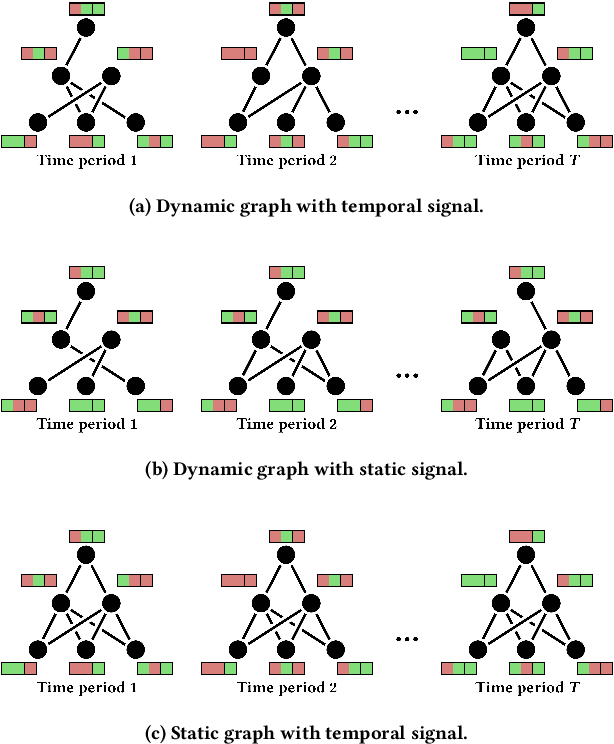
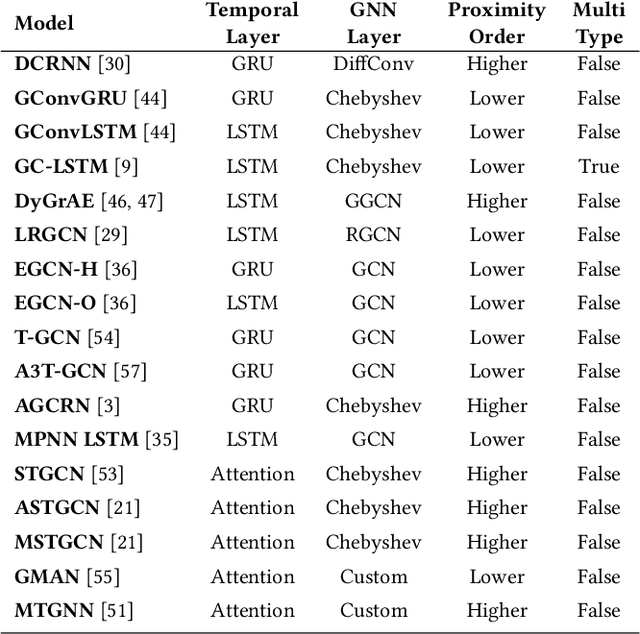
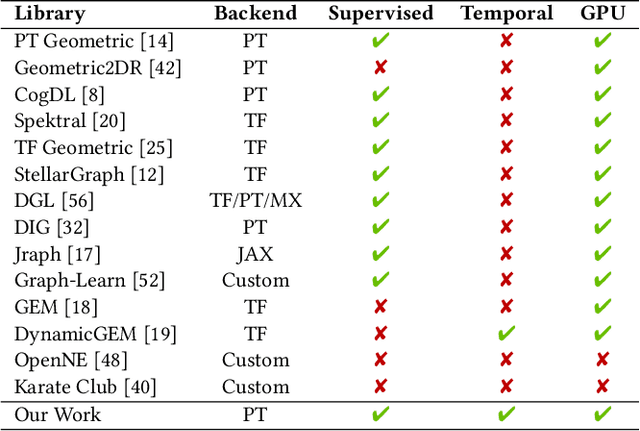
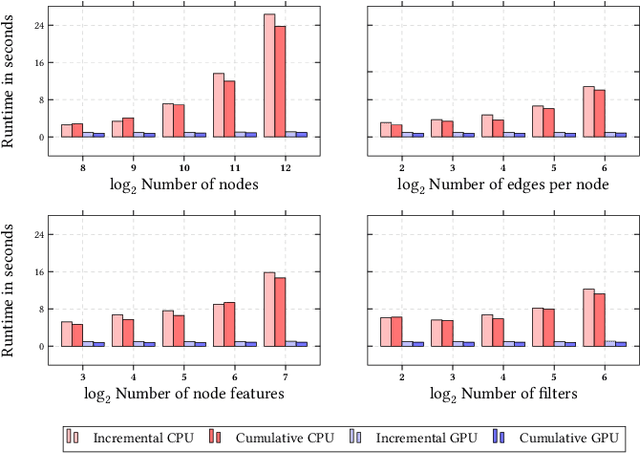
Abstract:We present PyTorch Geometric Temporal a deep learning framework combining state-of-the-art machine learning algorithms for neural spatiotemporal signal processing. The main goal of the library is to make temporal geometric deep learning available for researchers and machine learning practitioners in a unified easy-to-use framework. PyTorch Geometric Temporal was created with foundations on existing libraries in the PyTorch eco-system, streamlined neural network layer definitions, temporal snapshot generators for batching, and integrated benchmark datasets. These features are illustrated with a tutorial-like case study. Experiments demonstrate the predictive performance of the models implemented in the library on real world problems such as epidemiological forecasting, ridehail demand prediction and web-traffic management. Our sensitivity analysis of runtime shows that the framework can potentially operate on web-scale datasets with rich temporal features and spatial structure.
Chickenpox Cases in Hungary: a Benchmark Dataset for Spatiotemporal Signal Processing with Graph Neural Networks
Feb 16, 2021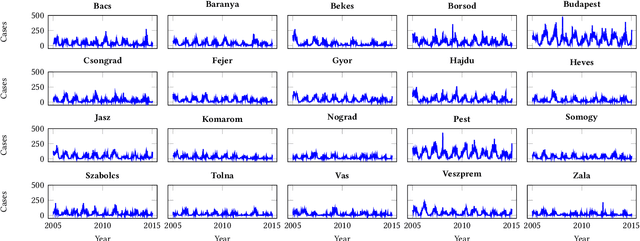
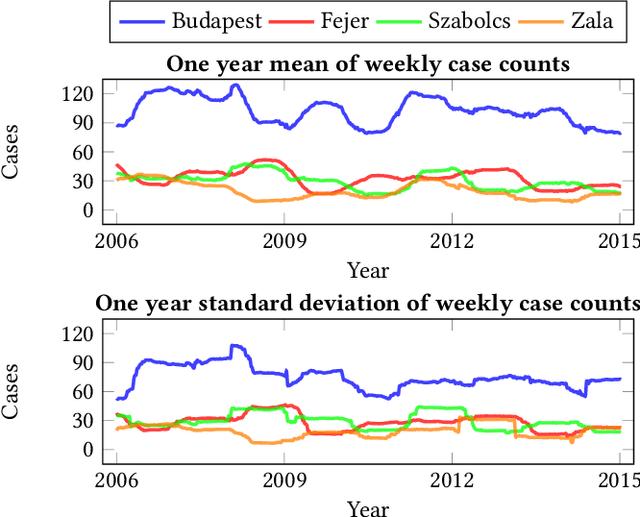
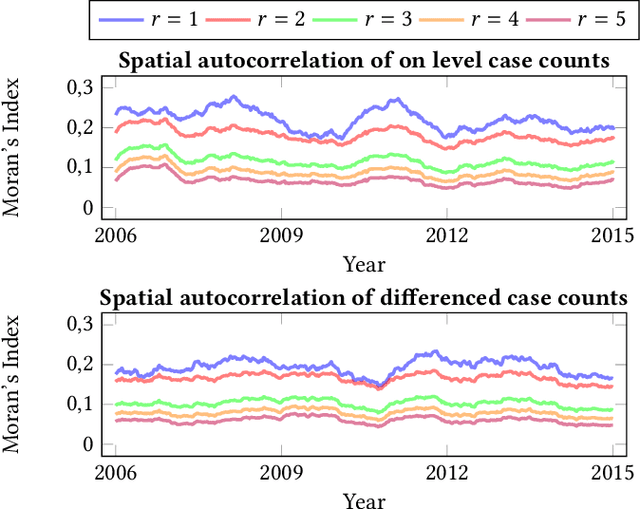
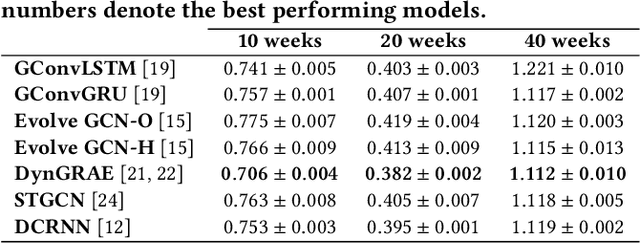
Abstract:Recurrent graph convolutional neural networks are highly effective machine learning techniques for spatiotemporal signal processing. Newly proposed graph neural network architectures are repetitively evaluated on standard tasks such as traffic or weather forecasting. In this paper, we propose the Chickenpox Cases in Hungary dataset as a new dataset for comparing graph neural network architectures. Our time series analysis and forecasting experiments demonstrate that the Chickenpox Cases in Hungary dataset is adequate for comparing the predictive performance and forecasting capabilities of novel recurrent graph neural network architectures.
Little Ball of Fur: A Python Library for Graph Sampling
Jun 08, 2020



Abstract:Sampling graphs is an important task in data mining. In this paper, we describe Little Ball of Fur a Python library that includes more than twenty graph sampling algorithms. Our goal is to make node, edge, and exploration-based network sampling techniques accessible to a large number of professionals, researchers, and students in a single streamlined framework. We created this framework with a focus on a coherent application public interface which has a convenient design, generic input data requirements, and reasonable baseline settings of algorithms. Here we overview these design foundations of the framework in detail with illustrative code snippets. We show the practical usability of the library by estimating various global statistics of social networks and web graphs. Experiments demonstrate that Little Ball of Fur can speed up node and whole graph embedding techniques considerably with mildly deteriorating the predictive value of distilled features.
An API Oriented Open-source Python Framework for Unsupervised Learning on Graphs
Mar 10, 2020



Abstract:We present Karate Club a Python framework combining more than 30 state-of-the-art graph mining algorithms which can solve unsupervised machine learning tasks. The primary goal of the package is to make community detection, node and whole graph embedding available to a wide audience of machine learning researchers and practitioners. We designed Karate Club with an emphasis on a consistent application interface, scalability, ease of use, sensible out of the box model behaviour, standardized dataset ingestion, and output generation. This paper discusses the design principles behind this framework with practical examples. We show Karate Club's efficiency with respect to learning performance on a wide range of real world clustering problems, classification tasks and support evidence with regards to its competitive speed.
 Add to Chrome
Add to Chrome Add to Firefox
Add to Firefox Add to Edge
Add to Edge